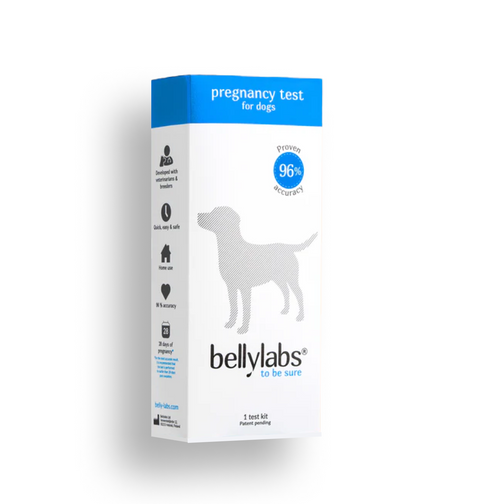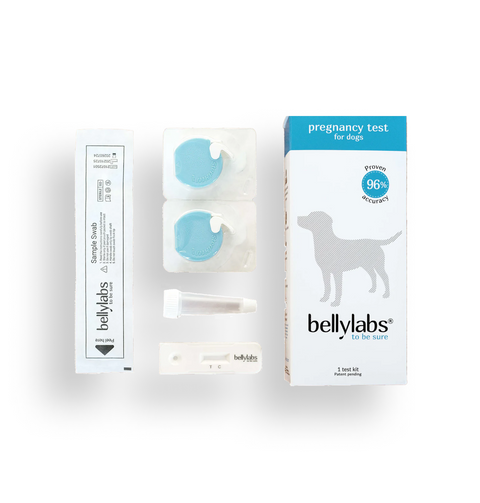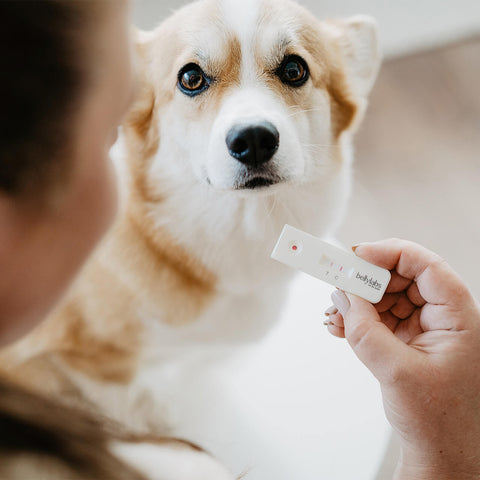Sub-fertility poses a common challenge in canine reproduction, with sperm quality being a primary concern. To address this, researchers explored the use of micronutrients and additives to enhance sperm quality, focusing on a polyphenolic mix derived from Pinus taeda lignin (PTHL). The study involved 40 male dogs, half of which received PTHL supplementation for 90 days while the other half served as a control group. Results showed that PTHL supplementation significantly increased blood antioxidant enzyme activity and improved semen quality parameters, including volume, concentration, and motility. These findings suggest that PTHL supplementation could effectively enhance the antioxidant status and semen quality of dogs, offering a promising avenue for improving reproductive outcomes.
Canine reproduction often faces challenges related to sperm quality, impacting fertility. Previous studies have investigated various nutritional factors and antioxidants to address this issue. However, the potential effects of dietary antioxidant substances, particularly polyphenols derived from Pinus taeda lignin (PTHL), on canine semen quality remained largely unexplored. This study aimed to fill this gap by evaluating the impact of PTHL supplementation on dogs' plasma oxidative status, biochemical profile, and semen characteristics. Results demonstrated that PTHL supplementation significantly improved blood antioxidant enzyme activity and semen quality parameters, indicating its potential as a dietary supplement to enhance reproductive outcomes in dogs. These findings highlight the importance of considering novel nutritional approaches, such as PTHL supplementation, in improving canine reproductive health and fertility.
Conclusion:
Food supplementation with PTHL can be considered an economic and natural method within an innovative multimodal approach to improve reproductive performances in canine breeding. The benefit of the supplemented diet with PTHL in enhancing semen quality and better supporting the antioxidant status of animals is an important goal for optimizing the male characteristics of reproductive efficiency. Some of the findings allow for speculation on the possibility of planning effect in subfertile and/or pathological male dogs. Therefore, the present article should set the base knowledge for further studies in male dogs with different physiological and pathological conditions.
Authors: Giulio G. Aiudi , Vincenzo Cicirell , Aristide Maggiolino, Matteo Burgio, Andrea Bragaglio, Alessandra Tateo, Pasquale De Palo












